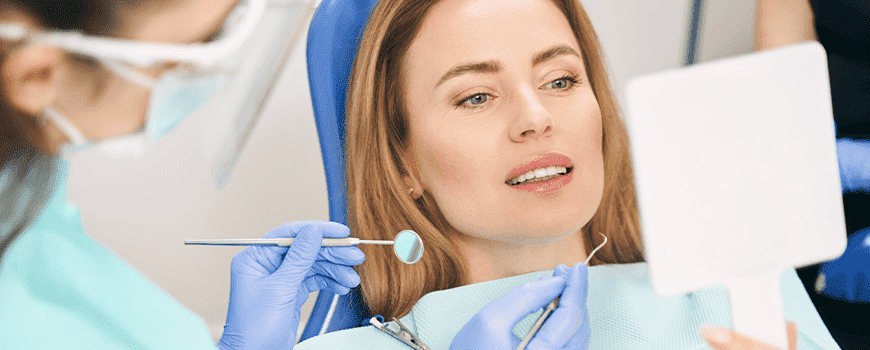Jaw Joint Dysfunctions and Treatment (Maxillofacial Surgery)
Salih ÖNDER2022-09-05T14:16:49+03:00The jaw joint is a joint that allows us to open and close our mouth and is located between the head and the lower jawbone. The articular surface is made up of cartilage. Applying pressure to the articular cartilages for any reason causes the cartilage to lose water and reduce its volume.
Since cartilage cells do not have the ability to renew themselves, if the applied pressure continues, dysfunction will occur in the joint. The causes of jaw joint dysfunction may be due to accidents and impacts, rheumatism and clenching.
Closures that cause deviations from the normal position of the mouth cause spasms in the masticatory muscles, which is among the most important causes of jaw joint dysfunction. Pain in jaw joint dysfunction can occur for 3 reasons;
Noise, pain and restricted jaw movement from the joint
The way the pain starts can give a preliminary information about the cause. The pain that starts in the early morning is caused by unnoticed clenching of the teeth during sleep during the night and causes pain in the jaw muscles. Pain that starts late in the day is caused by jaw movements and is usually related to a problem in the jaw joint. Joint pain; is exacerbated and persistent. Pain in the jaw muscles increases with stress and comes intermittently.
The shape of the sound coming from the joint can also give information about the cause. If there is a single click, it is an innocent sound that is usually seen in 40% of the population and it can pass by itself. If there is a clicking sound when opening and closing the mouth; this is the sound due to the compression of the displaced joint disc as the mouth opens and closes. A crackling sound from the joint may indicate that the joint surfaces have been crushed, that they have lost their softness, and that degeneration has begun in the joint.
Restricted jaw movement; It may occur in irreversible anterior dislocations of the articular disc, joint adhesions and calcifications, and cheekbone fractures.
Jaw joint disorders present a complex situation in terms of
both determining the causes and planning the treatment. Comparative joint
radiographs, computed tomography or magnetic resonance imaging may be required
for diagnosis. Treatment methods are very diverse, such as the use of drugs,
physical therapy, closed joint washing and open joint surgery.
Camlica Hospital
Oral, Dental and Maxillofacial Surgeon Specialist
Long Dr. Ismail Eser Bolat
